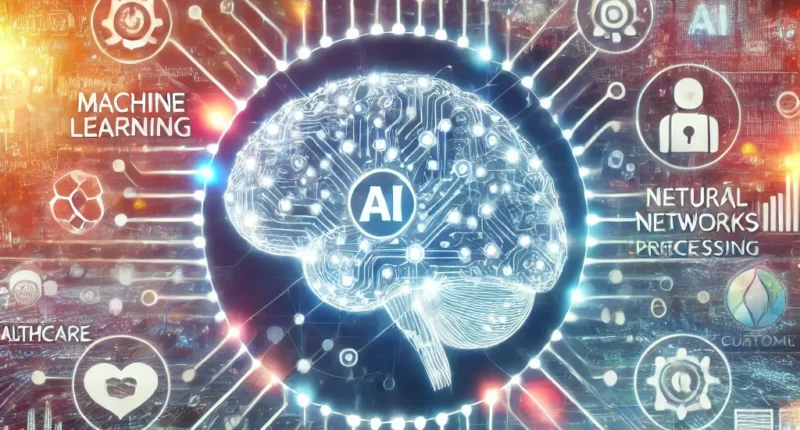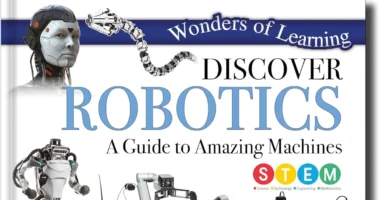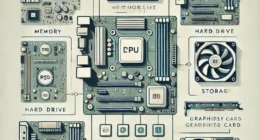Artificial intelligence (AI) is a rapidly growing field that uses computers to mimic rudiments of human-like thinking. This technology is being used in a variety of applications, from self-driving cars to medical diagnosis.
Table of Contents
How Artificial Intelligence Uses Computers to Mimic Rudiments of Humanlike Thinking
AI does not think as humans do. But it can simulate some human thinking patterns. AI systems use algorithms and data. Algorithms are sets of rules. Data provides context. Together, they enable machines to make decisions, solve problems, and improve over time.
For example, when AI systems analyze images, they identify objects by breaking down visuals into simpler parts. This mimics how humans recognize objects. In voice recognition, AI translates spoken language into written text by analyzing patterns in sound. This resembles how our brain interprets sounds.
Key Technologies Behind AI
Several technologies power AI’s humanlike abilities. Here are some of the key ones:
- Machine Learning (ML): ML allows AI systems to learn from data without explicit programming for every possible outcome. For example, social media platforms use ML to recommend content based on user interactions. The system learns preferences and refines its recommendations over time.
- Natural Language Processing (NLP): NLP enables computers to understand, interpret, and respond to human language. Chatbots and virtual assistants like Siri and Alexa use NLP to answer questions and carry out tasks. The AI processes words, extracts meaning, and then generates an appropriate response.
- Neural Networks: Inspired by the human brain, neural networks enable AI to process data in complex ways. Self-driving cars, for instance, rely on neural networks to make split-second decisions based on sensor input and camera feeds. They “learn” to navigate by recognizing patterns in traffic conditions.
Real-World Examples of AI Thinking
AI applications are all around us. They simplify complex tasks by mimicking human-like thinking.
- Healthcare Diagnostics: AI tools can diagnose diseases by analyzing medical images. Radiologists use these systems to identify early signs of illnesses, such as cancer. By comparing new images with thousands of others, the AI highlights anomalies that may require attention.
- Financial Fraud Detection: Banks use AI to spot fraudulent transactions. AI algorithms look for unusual patterns, such as sudden large withdrawals or spending spikes. When a pattern suggests fraud, the AI system alerts the bank to investigate.
- Customer Service Automation: Businesses use chatbots powered by AI to answer customer inquiries. These bots understand questions, search for answers, and respond. They handle thousands of queries quickly, reducing the need for human representatives.
AI Limitations and Future Potential
While AI can mimic some aspects of human thought, it has limitations. It lacks emotions, creativity, and true understanding. For example, AI may recognize a cat in an image but does not truly “know” what a cat is. Additionally, AI decisions rely heavily on data quality. Poor data can lead to errors.
However, AI technology is advancing. Researchers are exploring ways to make AI more intuitive. In the future, AI may be able to handle more complex reasoning tasks. This progress could open doors to new applications in healthcare, education, and beyond.
Conclusion of How Artificial Intelligence Uses Computers to Mimic Rudiments of Humanlike Thinking
Now you have a basic idea about How Artificial Intelligence Uses Computers to Mimic Rudiments of Humanlike Thinking. AI has reshaped how we interact with technology. By mimicking human thought processes, AI performs tasks that once required human intelligence. Through machine learning, natural language processing, and neural networks, AI is evolving to solve real-world problems. As it grows more sophisticated, AI may one day achieve even closer approximations of human thinking.









